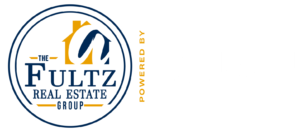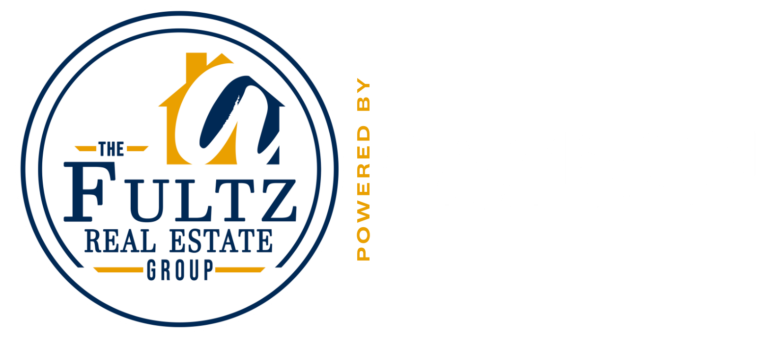
Common
Questions
F.A.Q.
You have questions, which is normal. Before scheduling your complimentary consultation, view below for some frequently asked questions with answers.
With a pre-qualification, you will provide your income and asset information. Please note, a prequalification is only as accurate as the information you provide and is not a commitment to lend. In order to help determine your overall credit worthiness, a credit report will be pulled.
- Photo ID – must be government issued (typically driver’s license or ID card)
- Bank Statements – 2 most recent and consecutive statements including all pages even if blank. Statement must show name and account number along with name of banking institute.
- W2’s / 1099’s – copies of the past 2 years If you are self-employed, you have to have two years of filed tax returns to be able to verify your income.
- Pay stubs for the last 30 days *Please note you are not required to provide any of this information or documentation until you have received your Loan Estimate and given your intent to proceed. These are just the basics more documentation will be required during the loan process.
No. A home inspection is fully optional. It is highly recommended you have one performed when purchasing so you have as much knowledge as possible before making your purchase.
An appraisal is an unbiased professional opinion of a home’s value and is used whenever a mortgage is involved in buying, refinancing, or selling that property. An appraiser will also check the property condition in conjunction to the buyers financing guidelines.
An underwriter is a financial expert who takes a look at your finances and assesses how much risk a lender will take on if they decide to give you a loan. More specifically, underwriters evaluate your credit history, assets, the size of the loan you request and how well they anticipate that you can pay back your loan.
Depending on financing terms and conditions, the average purchase timeline is roughly 45 days.
In sellers’ markets, increasing demand for homes drives up prices. Here are some of the drivers of demand:
- Economic factors – the local labor market heats up, bringing an inflow of new residents and pushing up home prices before more inventory can be built.
- Interest rates trending downward – improves home affordability, creating more buyer interest, particularly for first time home buyers who can afford bigger homes as the cost of money goes lower.
- A short-term spike in interest rates – may compel “on the fence” buyers to make a purchase if they believe the upward trend will continue. Buyers want to make a move before their purchasing power (the amount they can borrow) gets eroded.
- Low inventory – fewer homes on the market because of a lack of new construction. Prices for existing homes may go up because there are fewer units available.
A buyer’s market is characterized by declining home prices and reduced demand. Several factors may affect long-term and short-term buyer demand, like: Economic disruption – a big employer shuts down operations, laying off their workforce.
- Interest rates trending higher – the amount of money the people can borrow to buy a home is reduced because the cost of money is higher, thus reducing the total number of potential buyers in the market. Home prices drop to meet the level of demand and buyers find better deals.
- Short-term drop in interest rates – can give borrowers a temporary edge with more purchasing power before home prices can react to the recent interest rate changes.
- High inventory – a new subdivision and can create downward pressure on prices of older homes nearby, particularly if they lack highly desirable features (modern appliances, etc.)
- Natural disasters – a recent earthquake or flooding can tank property values in the neighborhood where those disruptions occurred.
